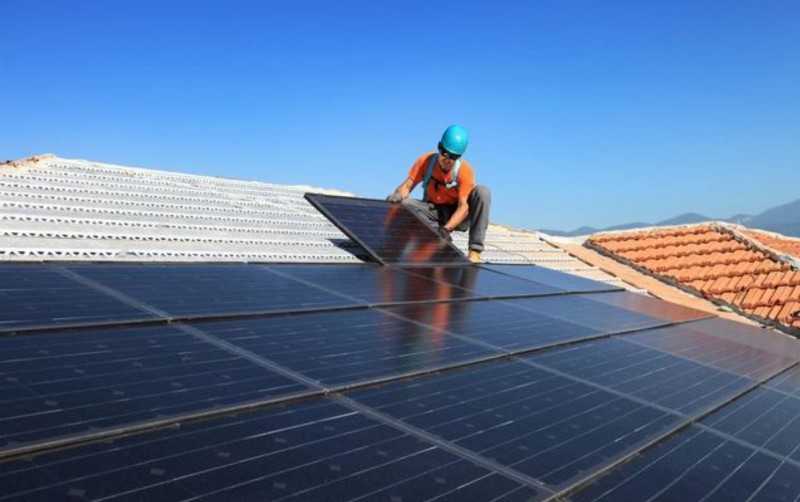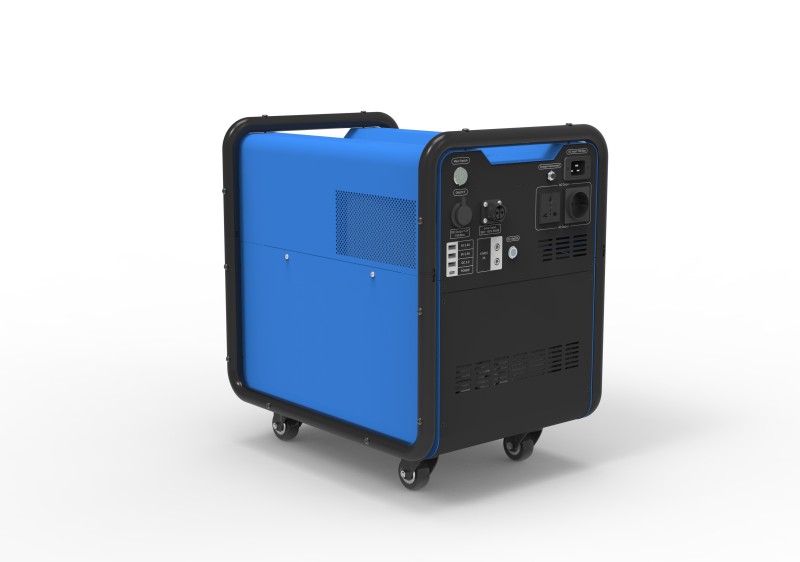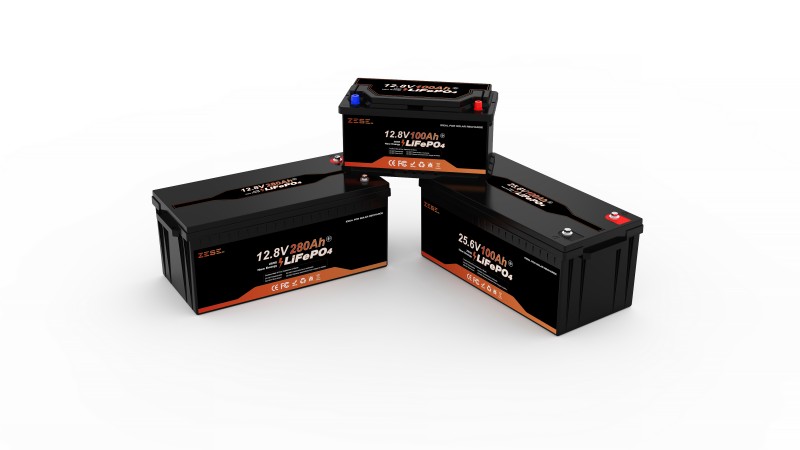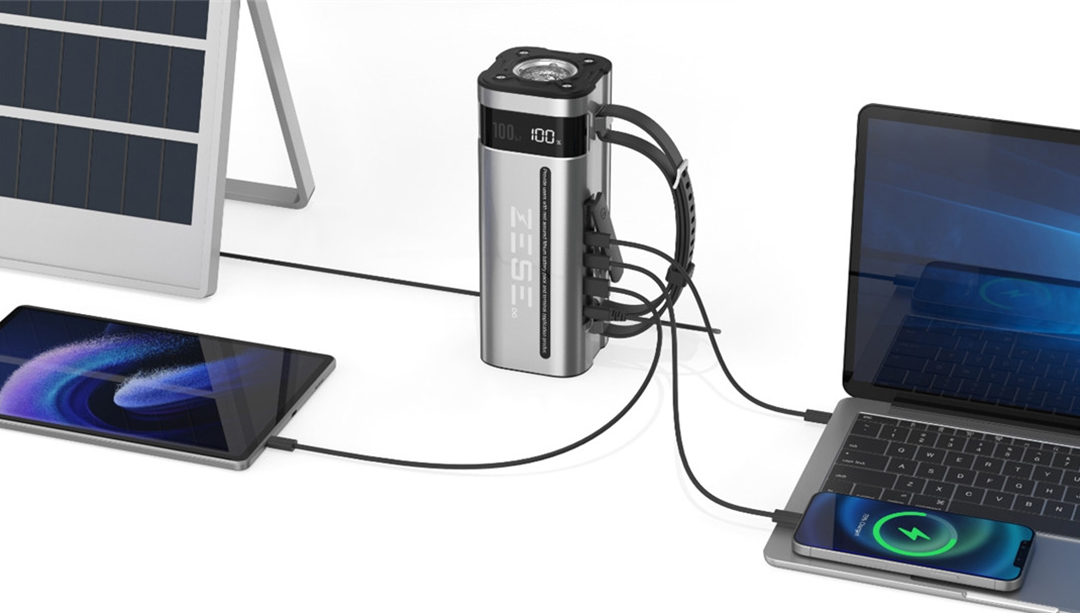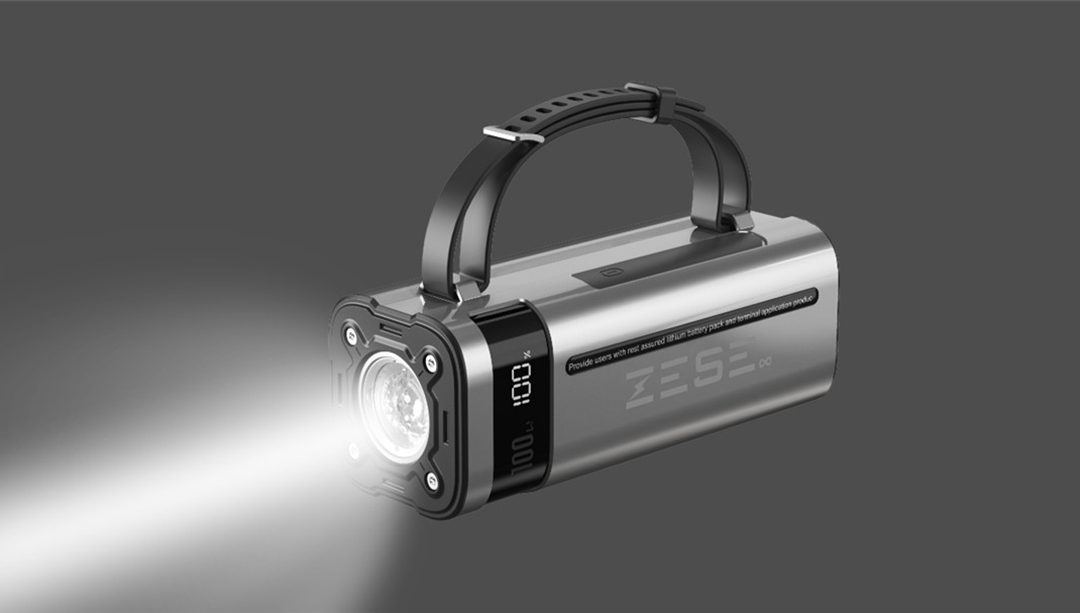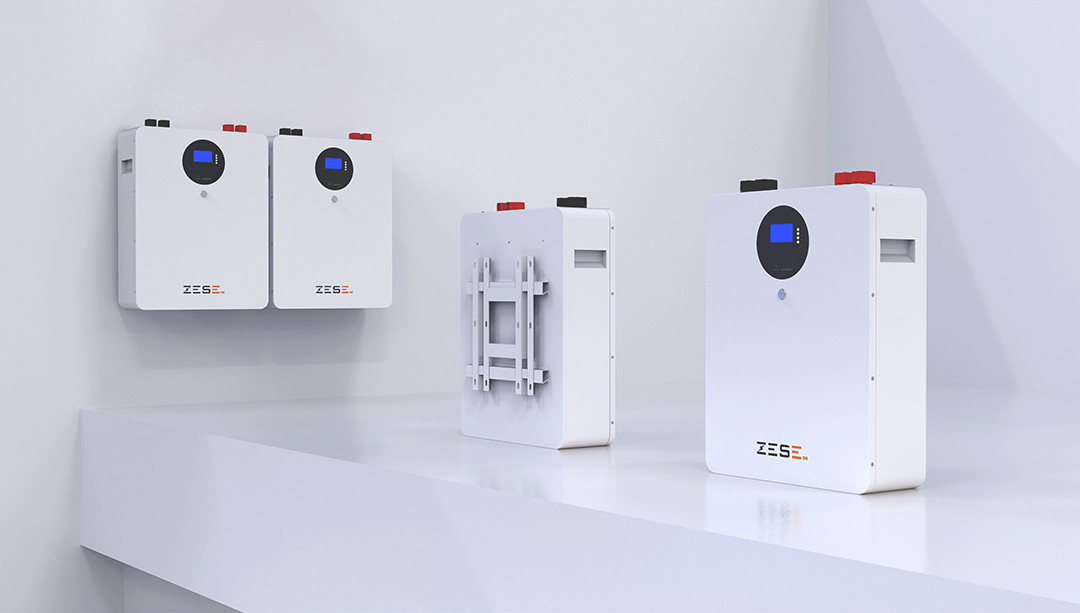010203
Home Energy Storage Solutions: Smart Investment for Modern Living
2025-02-19
In an era marked by rising energy costs and environmental consciousness, residential energy storage emerges as a transformative solution. This comprehensive analysis examines three critical aspects of home battery systems: energy independence, financial implications, and ecological impact.
1. Energy Resilience: Power Security Redefined
1.1 Uninterrupted Power Supply
Modern energy storage units act as silent guardians during grid failures. For remote workers, sudden outages can mean lost productivity and corrupted files - risks mitigated by backup power systems. Medical device users gain vital protection, while smart refrigerators maintain food safety by preserving optimal temperatures during extended blackouts.
1.2 Solar Synergy Optimization
Contemporary storage solutions maximize renewable energy utilization. Solar panels typically generate surplus energy during daylight hours when household consumption is low. Advanced lithium iron phosphate (LFP) batteries capture this excess, releasing stored power during evening peak hours when utility rates surge.
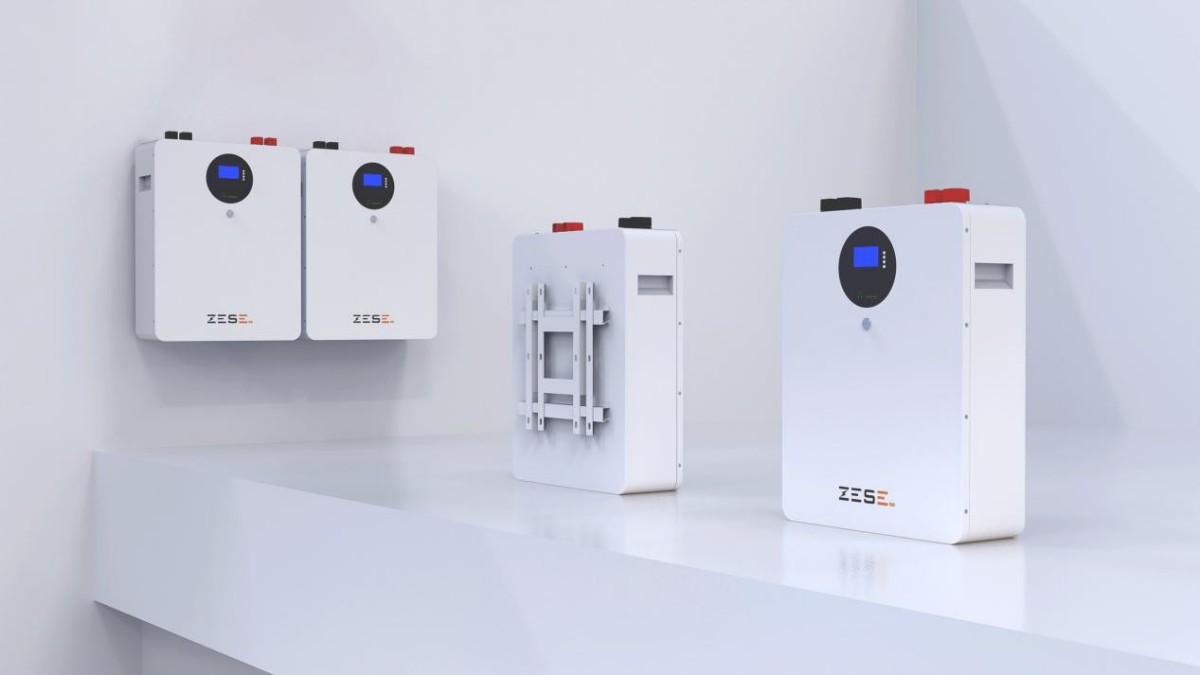
1.3 Versatile Energy Applications
Beyond basic home use, modern systems power:
●Electric vehicle charging stations
●Outdoor adventure setups (RV power, camping equipment)
●Remote worksite operations
●Emergency backup for community centers
2. Financial Analysis: Decoding the ROI
2.1 Upfront Cost Breakdown
A typical 10kWh system includes:
●Battery unit: $1,800-$3,500
●Hybrid inverter: $800-$2,000
●Installation: $1,200-$2,500
●Smart monitoring system: $300-$600
Government incentives can reduce initial costs by 20-40% in regions like California and Germany.
2.2 Long-Term Savings Potential
|
Scenario |
Monthly Savings |
Annual Benefit |
|
Time-shifting 15kWh/day |
$45 |
$540 |
|
Solar self-consumption boost |
$60 |
$720 |
|
Demand charge reduction |
$25 |
$300 |
Based on average U.S. electricity rates (2024 Q2 data)
2.3 Emerging Incentive Programs
●Italy: 110% "Superbonus" tax deduction
●Australia: Victoria's Solar Homes Program ($3,500 rebates)
●USA: Modified ITC (30% federal tax credit through 2032)

3. Environmental Impact: Beyond Carbon Metrics
3.1 Grid Stabilization Benefits
Home batteries contribute to:
✓ Reduced peak load stress on aging infrastructure
✓ Decreased transmission losses (avg. 5% reduction)
✓ Enhanced renewable integration capacity
3.2 Lifecycle Sustainability
Modern LFP batteries offer:
●6,000+ charge cycles (15+ year lifespan)
●95% recyclability rate
●Cradle-to-cradle manufacturing certifications
3.3 Community-Level Impact
Neighborhood battery networks can:
●Create virtual power plants
●Support local renewable microgrids
●Provide disaster resilience for entire communities
Future-Ready Energy Strategy
Residential energy storage transcends basic backup power functionality. When analyzed through financial, practical, and ecological lenses, these systems demonstrate:
●7-9 year payback periods with current tech
●23-35% household carbon footprint reduction
●40%+ increase in solar self-consumption
As battery costs continue declining (8% annual reduction since 2020), home energy storage transitions from luxury to strategic necessity for energy-conscious households.







